Category: Economics
-
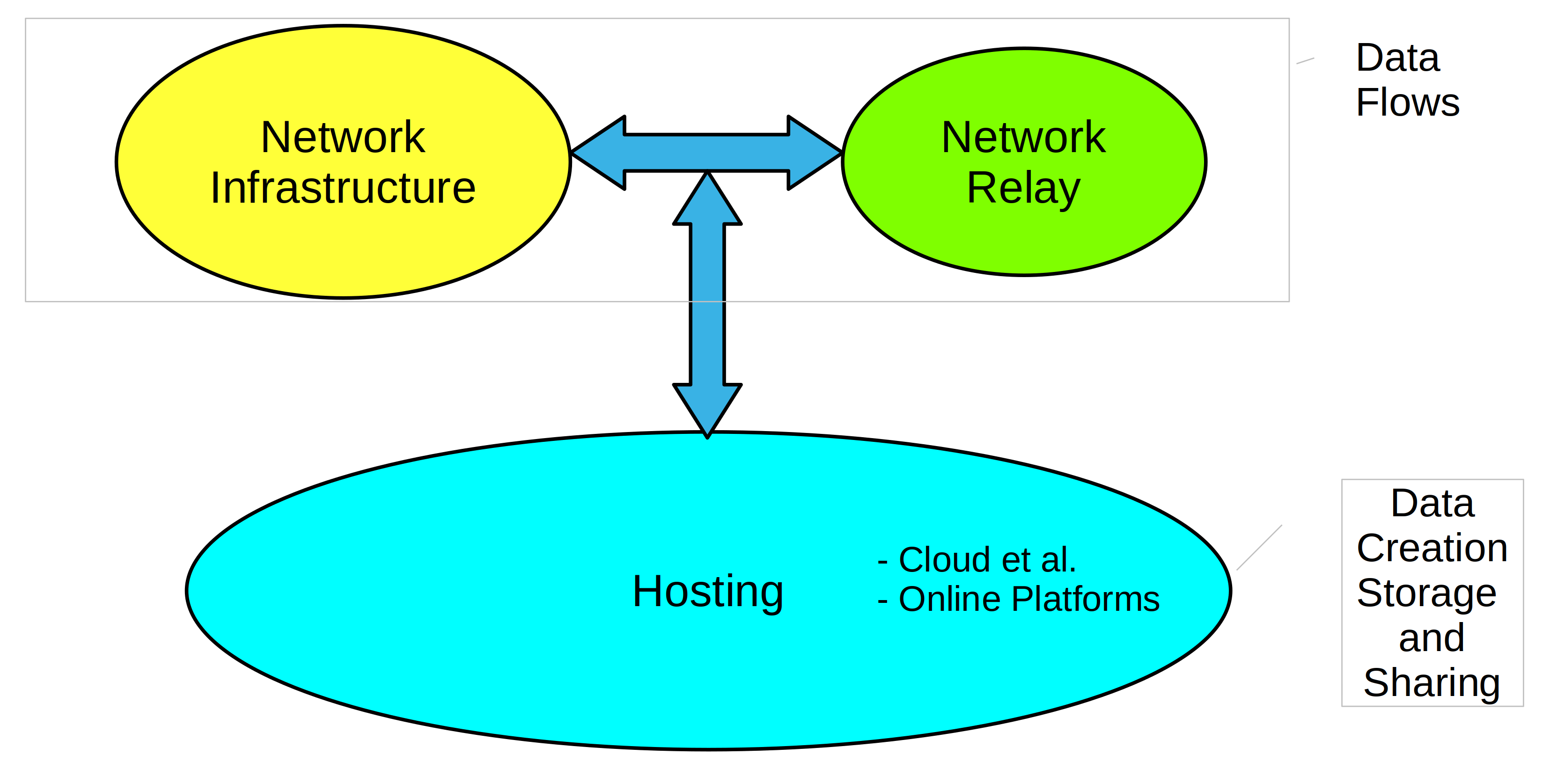
Regulating Digital Platforms – III
Digital platforms are a particular case of the broader platform category and thus have distinct characteristics. At the same time, they come in different forms and shapes. Putting them into a single box is not easy. Indeed, the devil is in the details. That is undoubtedly a challenge for policymakers and regulators. But before taking…
-
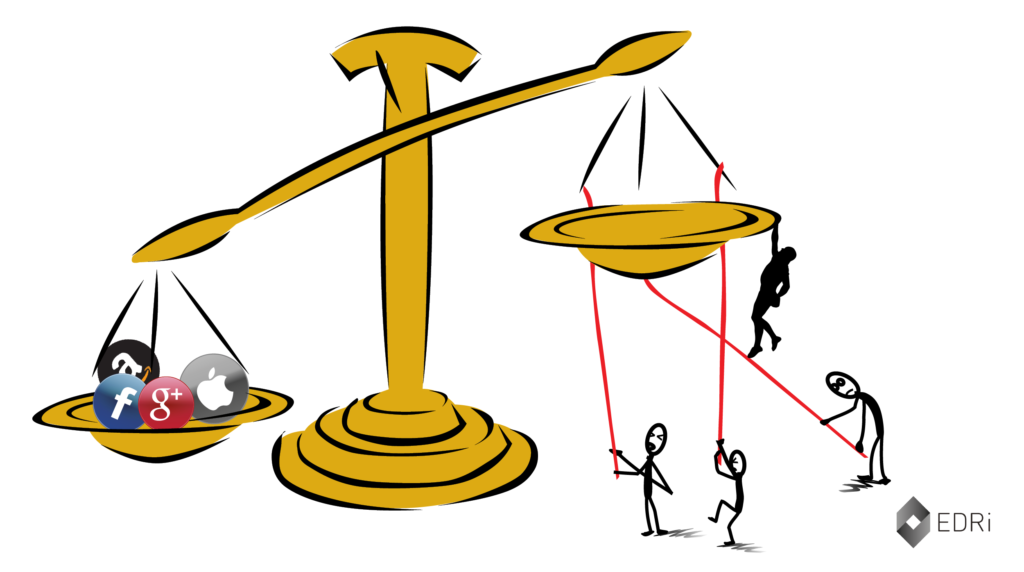
Regulating Digital Platforms – II
As suggested in the first part of this post, not all platforms are digital. In fact, analog platforms are the older siblings. Its digital counterparts are undoubtedly distinct, their calling card usually being their multisided nature—operating in more than one two-sided market. However, analog multisided platforms have also existed for a long time . And,…
-
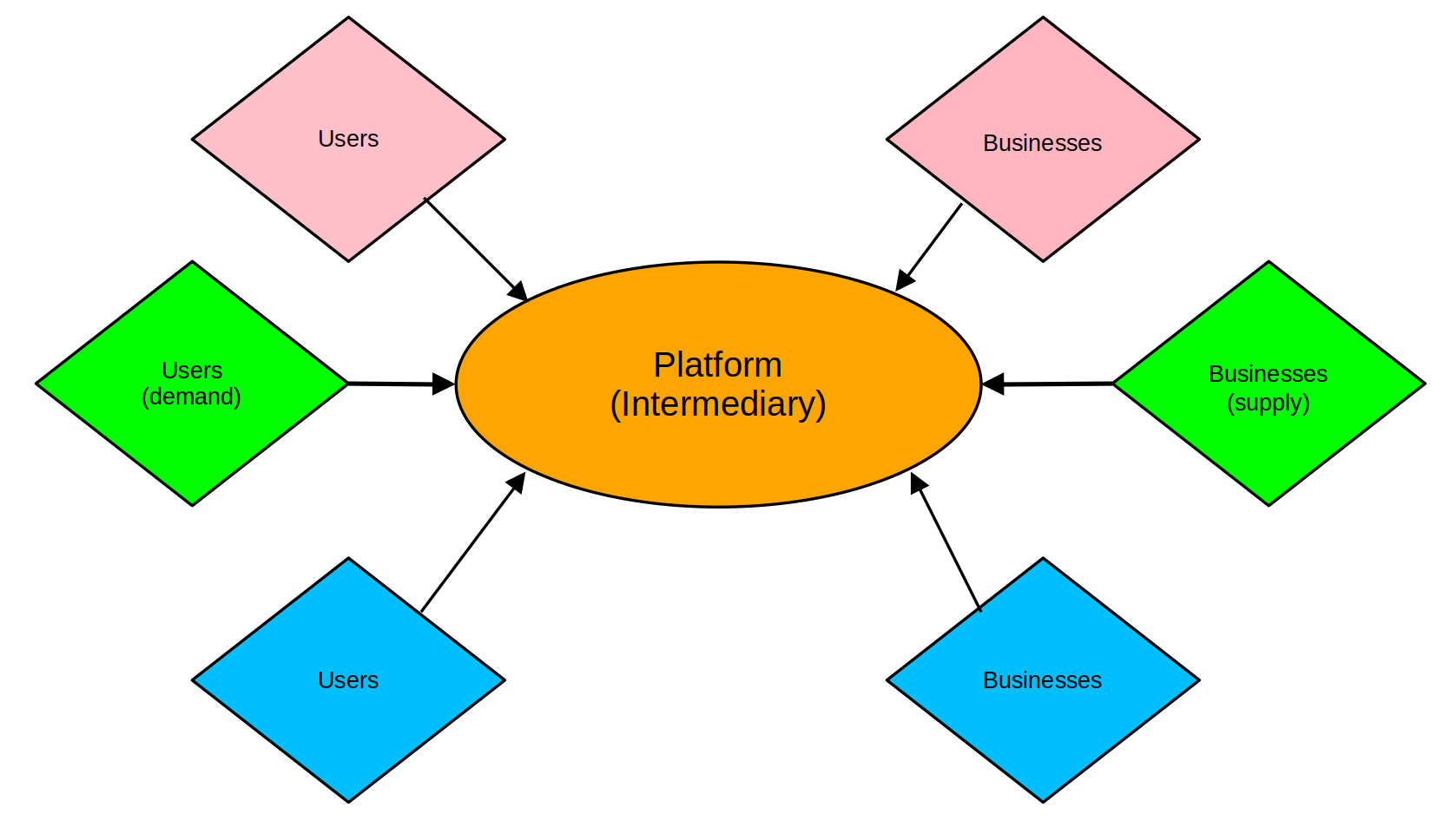
Regulating Digital Platforms – I
By all accounts, the regulatory tide, constantly receding for so many years, is finally returning to the digital realm’s now extensive and arid shores . Indeed, digital platforms are now under the policy microscope, especially the well-known global giants whose names I do not need to echo here. These behemoths are carrying the day with…
-

Are LLMs Fully Multilingual?
When I started playing with ChatGPT in December of last year, I was pleasantly surprised to discover that it could handle multiple languages. Needless to say, the LLM can handle translation from and into numerous languages. But it can also take non-English prompts and provide responses in the original query language. A recent test comparing…
-
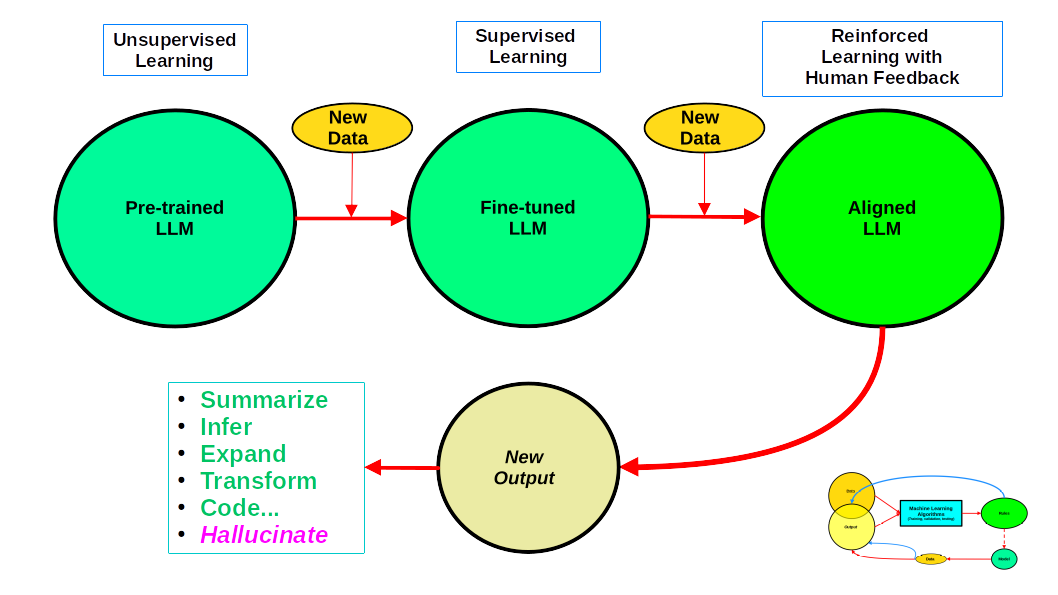
More on AI Programming
In the coldhearted realm of disinformation, deepfakes seem to reign supreme, bullying all others around along the way. The fact that they have multiple personalities makes them even more insidious. Voice, text, images, and video content are among the most common, with combinations among them a frequent occurrence. Lip-syncing the voice of a targeted person…
-

AI and Open Source – II
Linux Freedom I first heard about Linux a couple of months after returning from the 1992 UN Earth Summit in Rio de Janeiro. I was working part-time as a Research Associate at one of my college’s social research centers while doing consulting on my own, which led to the Rio trip. The academic job guaranteed…
-
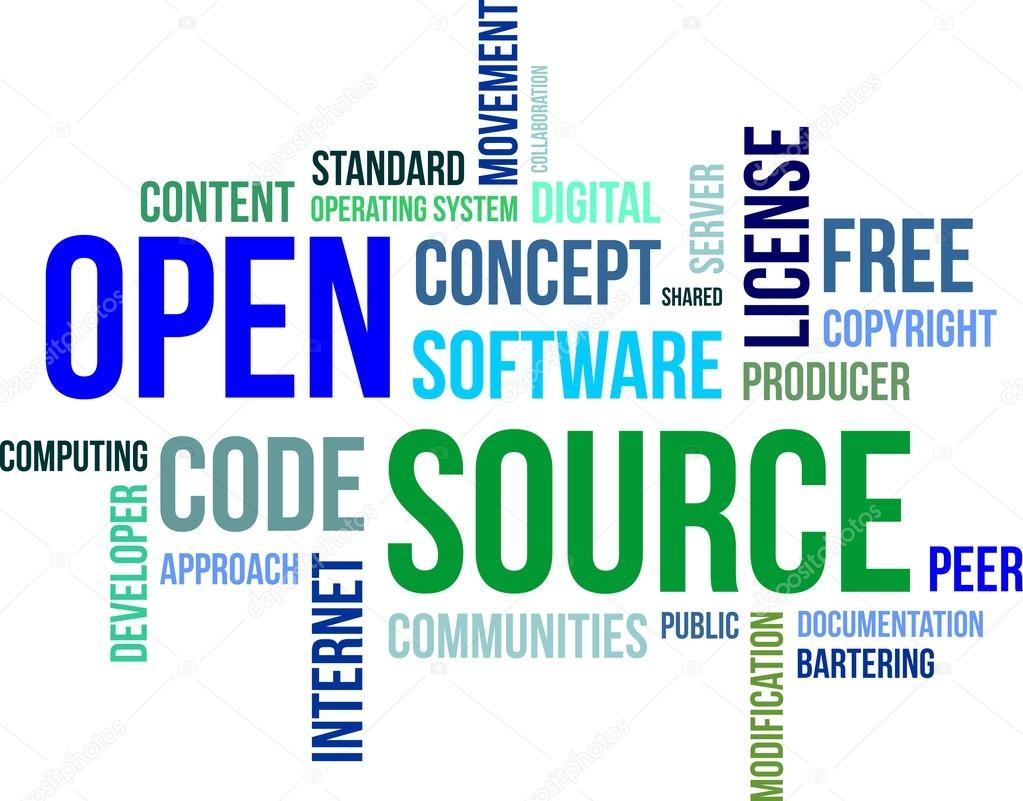
AI and Open Source – I
By all accounts, the ChatGPT “revolution” has triggered a well-deserved resurgence of Free/Open Source software (FOSS) that, some argue, will allegedly challenge the dominance of Big Tech over LLMs. While I disagree with such a prediction, I think FOSS can still play a vital role, as it did over 20 years ago, when facing the…
-

ChatGPT Productivity and Hallucinations Mix
Undoubtedly, ChatGPT has taken the world by storm. Few will dare deny such a non-violent takeover. And, as expected, the now familiar digital innovation hype factory is holding yet another massive and seemingly endless ball, including reluctant doomsayers. OpenAI’s March ChatGPT API release added fuel to the hype bonfire by opening the door for developers…
-
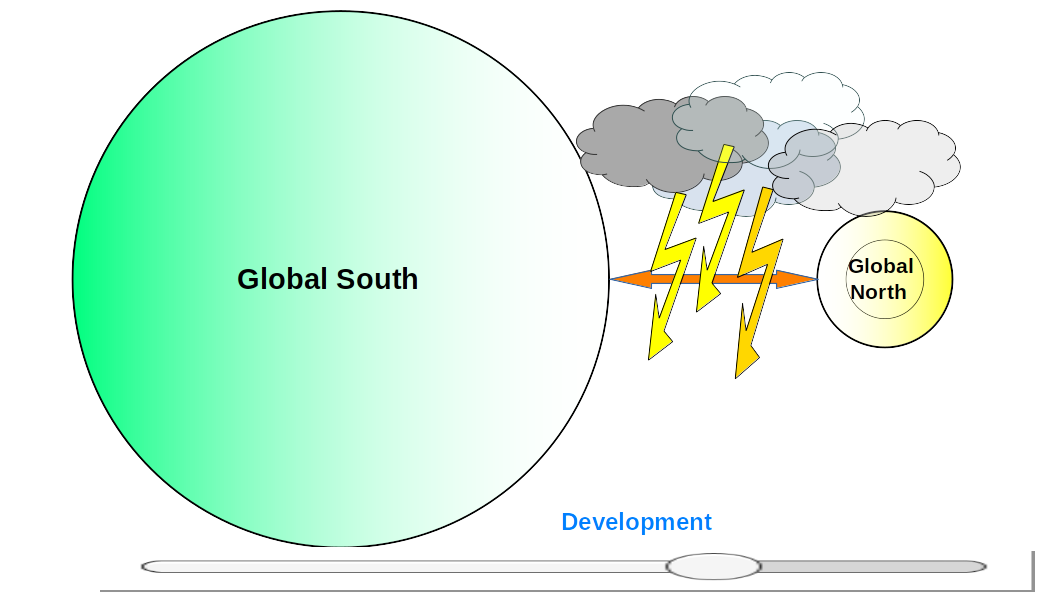
The Dynamics of Global Development, South and North
The Development of Development In its beginnings, unmovable numeric rankings permeated the always slippery and bumpy development racetrack. Stuck in first place were a selected group of countries labeled as developed, even though many were still rebuilding their economies after the bloody World War II that killed 3 percent of the world’s total population. Led…
-
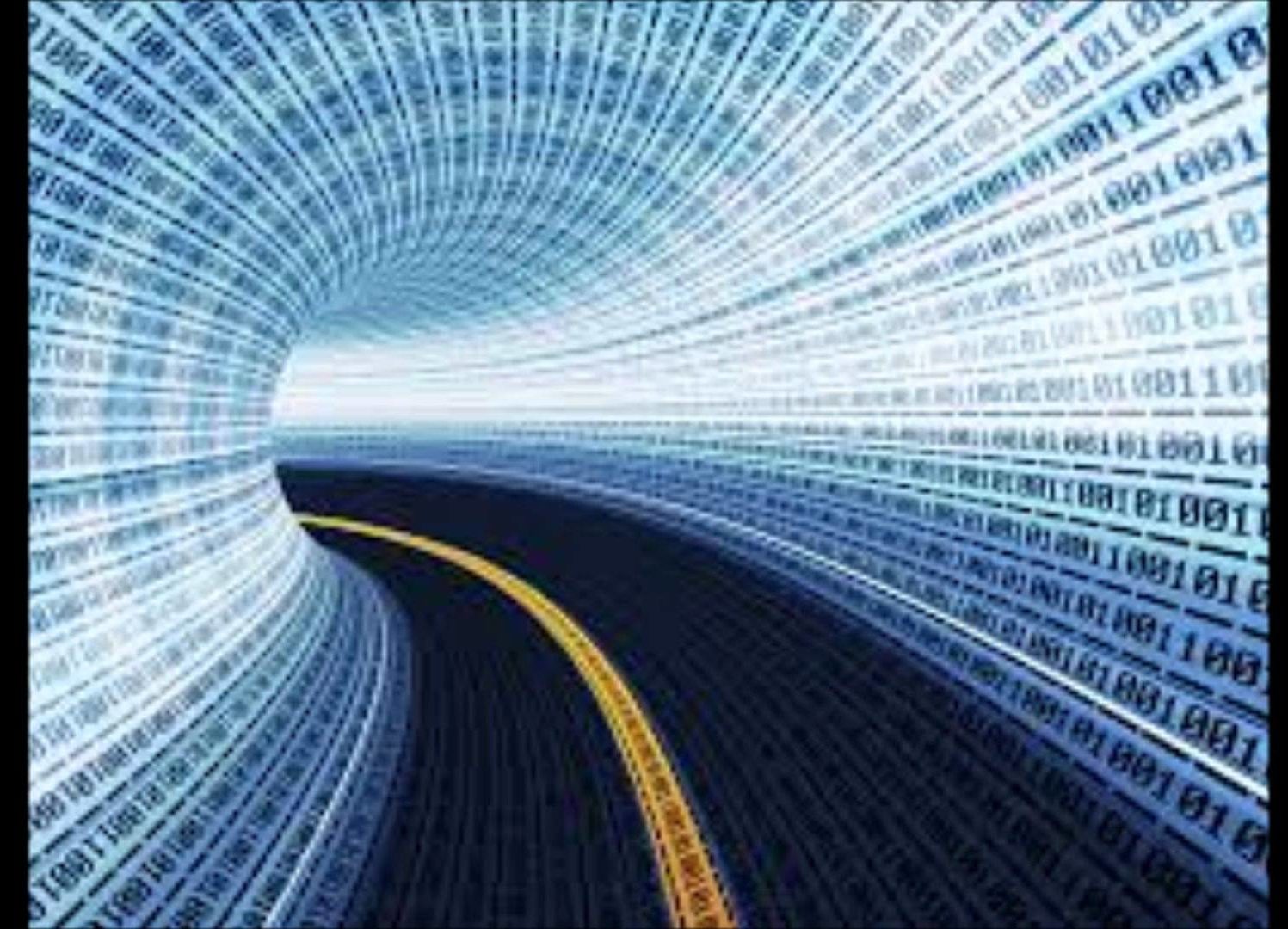
The Real Structures Sustaining the Cyberspace Imaginary – II
History Matters Following the historical evolution of the Internet and Cyberspace sheds light on the origins of the “superhighway” and “virtual” metaphors, depicted in the first part of this post. Useful summaries from a pure infrastructural perspective are available from the NFS and UCSD, the latter furnishing cool schematic diagrams of the overall network architecture.…
-

The Real Structures Sustaining the Cyberspace Imaginary – I
Recreating the Imaginary If I were to ask another human being (not ChatGPT) for directions to Cyberspace, most would probably think I was joking. Others might consider me an imbecile or conclude I must be flying high on drugs. Finally, a selected few might quickly flash their super smartphones and try to explain in the…
-
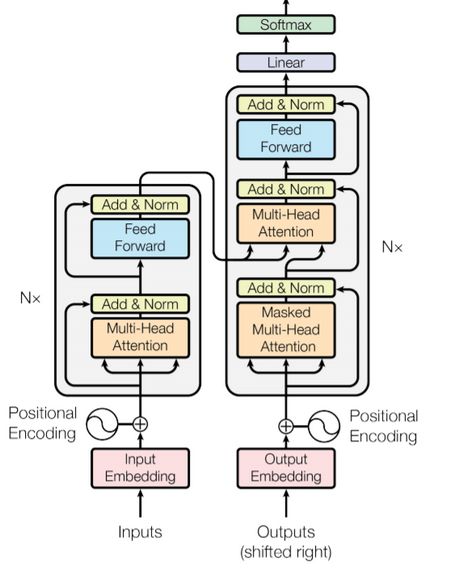
AI’s Seemingly Elusive Infrastructure – II
Undoubtedly, the infrastructure requirements for producing the 2020 175-billion-parameter GPT-3 model are hefty by most standards. But, of course, that just means that competitors now striving to generate their own creatures in the same genre must have access to similar infrastructure—not to mention talent. And we can count their number with our fingers; sophisticated data…
-

AI’s Seemingly Elusive Infrastructure – I
ChatGPT’s sudden, and arguably premature, success has once again exposed the usually overlooked link between so-called “virtual” digital technologies and very tangible infrastructure. Indeed, early adopters of the latest incarnation of GTP-3-based bots directly experienced repeated network and login failures. That happened a few times in December when I started playing with the newly launched…
-

ChatGPT’s New Version
Yesterday, OpenAI released a new iteration of ChatGPT, version 3.5. To quickly check, I decided to ask some of the same questions I did back in December. The table below compares the results. ChatGPT November 2022 v3.0 January 30 2023, v3.5 1. Can you perceive any gaps in your training? As a computational agent, I…
-
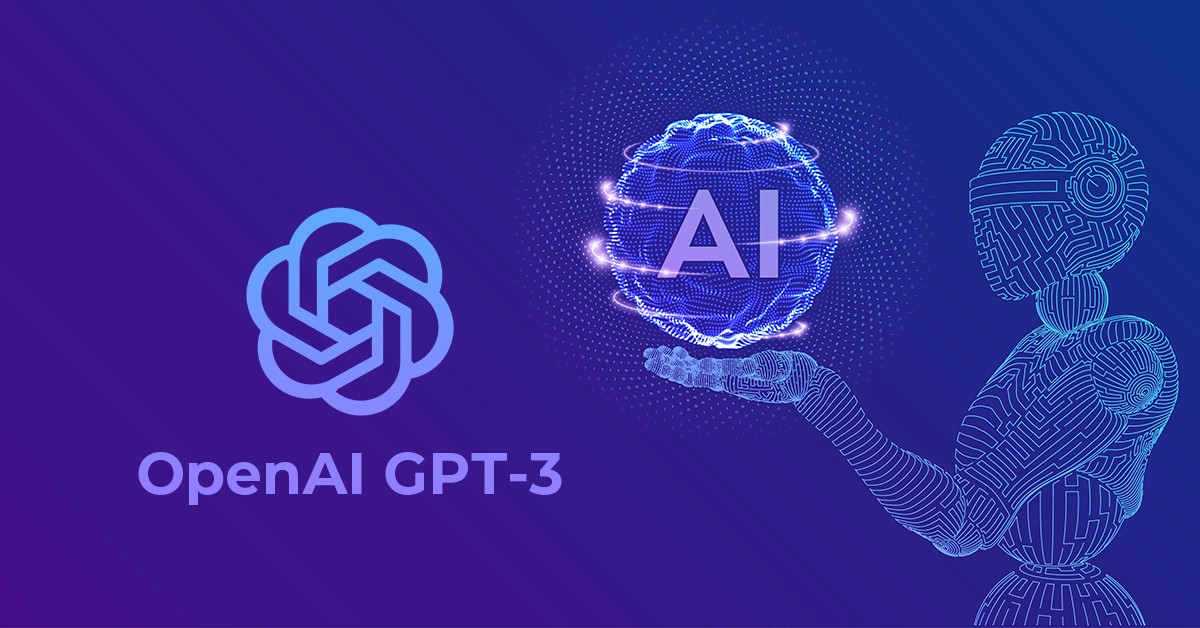
Chatting with ChatGPT
OpenAI’s new shiny chatbot, with the not-so-brilliant name of ChatGPT, has taken the world by storm, surprising most, company staff included. Evidence of the latter stems from the fact that whenever one tries to access the platform, a message announcing imponderable delays quickly pops up on the screen. Clearly, the current demand is way above…